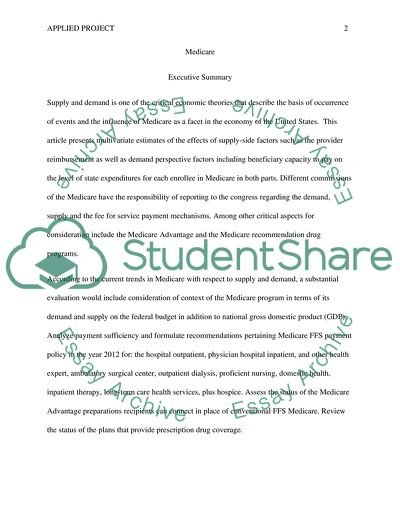Cite this document
(Formal Benefit Evaluations In Health System Decision Making Research Paper, n.d.)
Formal Benefit Evaluations In Health System Decision Making Research Paper. Retrieved from https://studentshare.org/health-sciences-medicine/1800867-applied-project
Formal Benefit Evaluations In Health System Decision Making Research Paper. Retrieved from https://studentshare.org/health-sciences-medicine/1800867-applied-project
(Formal Benefit Evaluations In Health System Decision Making Research Paper)
Formal Benefit Evaluations In Health System Decision Making Research Paper. https://studentshare.org/health-sciences-medicine/1800867-applied-project.
Formal Benefit Evaluations In Health System Decision Making Research Paper. https://studentshare.org/health-sciences-medicine/1800867-applied-project.
“Formal Benefit Evaluations In Health System Decision Making Research Paper”, n.d. https://studentshare.org/health-sciences-medicine/1800867-applied-project.


